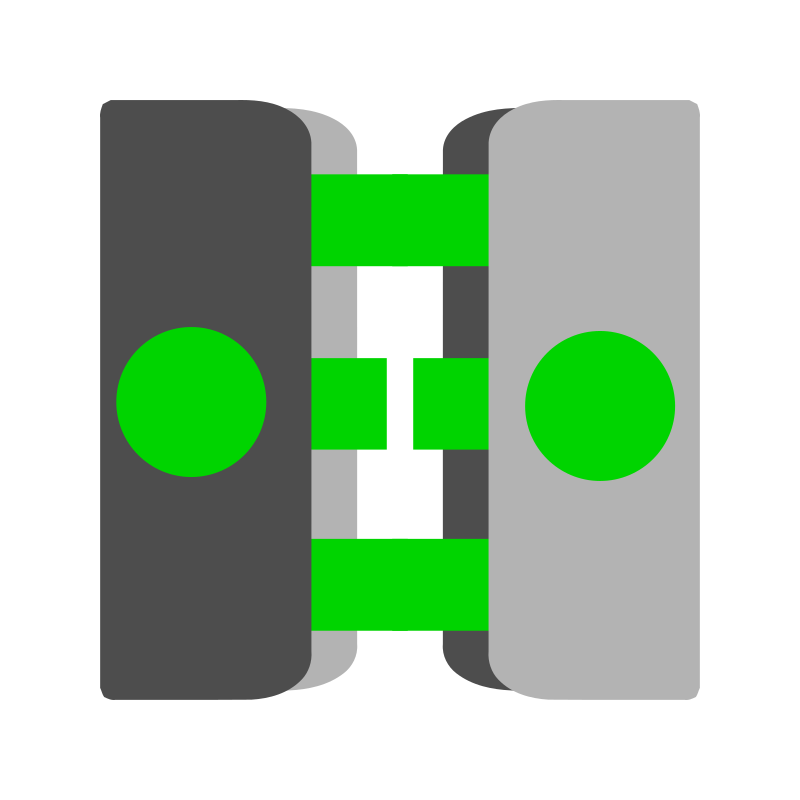Exploring Surfaces in Geometry
Surfaces are two-dimensional structures that exist in three-dimensional space, acting as boundaries of solid objects or as generalized forms of planes and curves. From the familiar sphere to complex minimal surfaces, understanding surfaces is crucial in advanced geometry, calculus, and their applications in science and engineering.
In geometry, a surface is generally a 2-dimensional manifold that may be embedded in a higher-dimensional space (typically 3D space). It can be thought of as a continuous, thin 'skin' or boundary of a solid object, or a generalization of a plane.
Unlike planes, surfaces can be curved in various ways.
Surfaces can be defined mathematically using different forms:
- Explicit Form: \(z = f(x, y)\). This describes a surface where each \((x, y)\) pair maps to a unique \(z\) value. E.g., a paraboloid \(z = x^2 + y^2\).
- Implicit Form: \(F(x, y, z) = 0\). This describes a surface as the set of points where a function of three variables equals zero. E.g., a sphere \(x^2 + y^2 + z^2 - r^2 = 0\).
- Parametric Form: Points on the surface are given by functions of two parameters, often \(u\) and \(v\). E.g., \(\vec{r}(u, v) = \langle x(u,v), y(u,v), z(u,v) \rangle\). This is highly flexible for complex surfaces.
Many specific types of surfaces are studied:
- Planes: Flat surfaces with zero curvature.
- Quadric Surfaces: Surfaces defined by second-degree equations in three variables (e.g., ellipsoids, paraboloids, hyperboloids, cones, cylinders).
- Ruled Surfaces: Surfaces formed by moving a straight line (e.g., cones, cylinders, hyperboloids of one sheet).
- Surfaces of Revolution: Formed by revolving a 2D curve around an axis (e.g., spheres, cones, cylinders, tori).
- Minimal Surfaces: Surfaces that locally minimize their area (like soap films).
- Non-orientable Surfaces: Surfaces that only have one side, like the Möbius strip or Klein bottle.
Key properties used to analyze surfaces include:
- Surface Area: The total area of the surface. Calculated using surface integrals.
- Curvature: A measure of how much a surface deviates from being flat (e.g., Gaussian curvature, mean curvature).
- Normal Vector: A vector perpendicular to the tangent plane at a point on the surface.
- Tangent Plane: A plane that 'just touches' the surface at a single point and best approximates the surface locally.
Surfaces are critical in:
- Computer-Aided Design (CAD) and Modeling: Creating complex 3D models for products, architecture, and animation.
- Engineering: Design of aerodynamic shapes, fluid flow systems, and structural components.
- Physics: Describing equipotential surfaces, wavefronts, and gravitational fields.
- Architecture: Designing curved roofs, domes, and modern building facades.
- Geology: Modeling terrain and geological formations.
